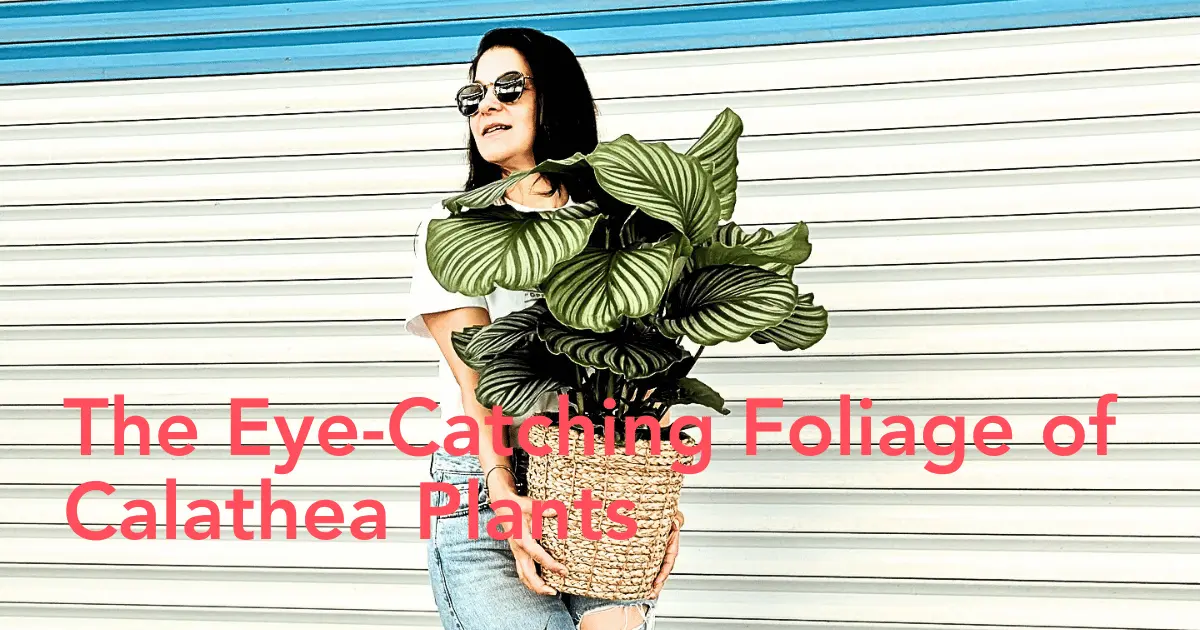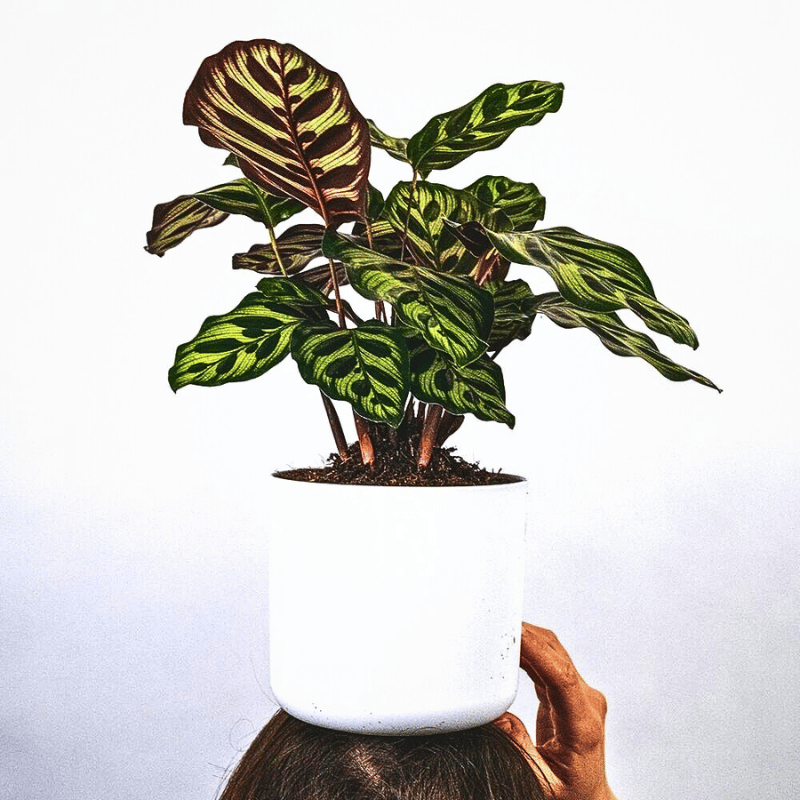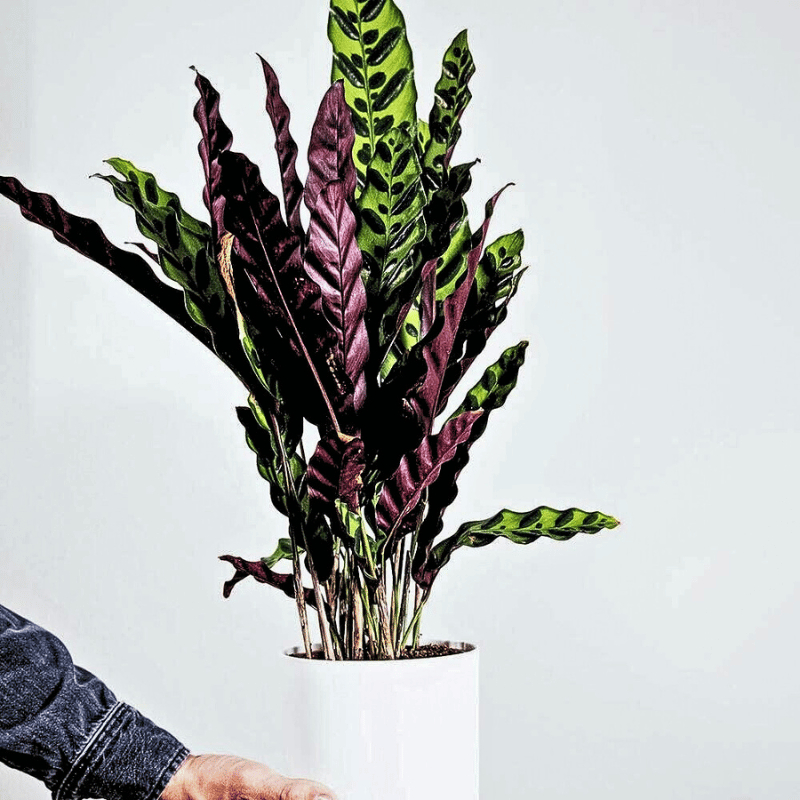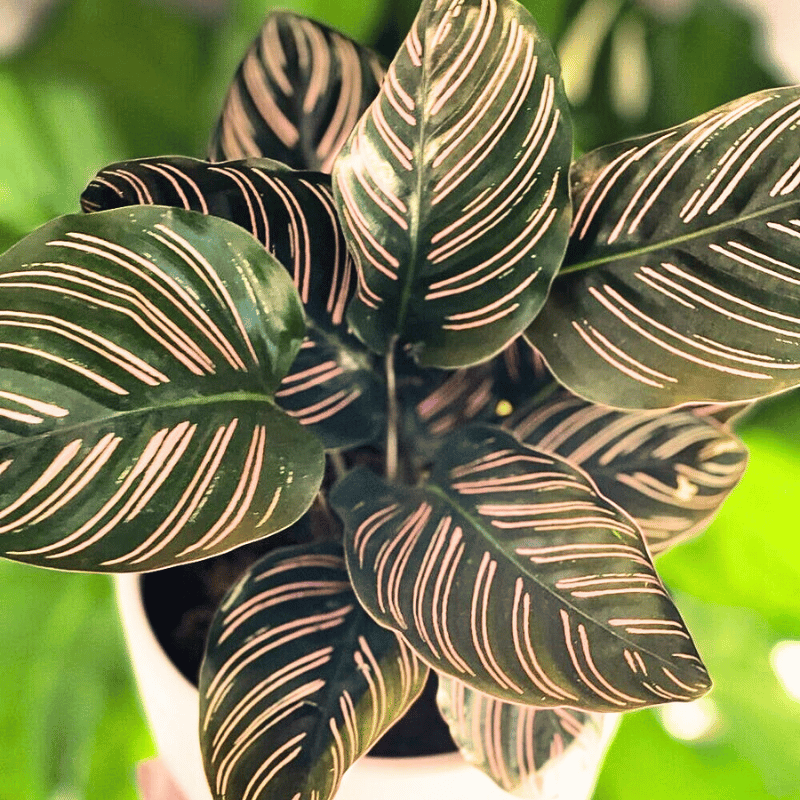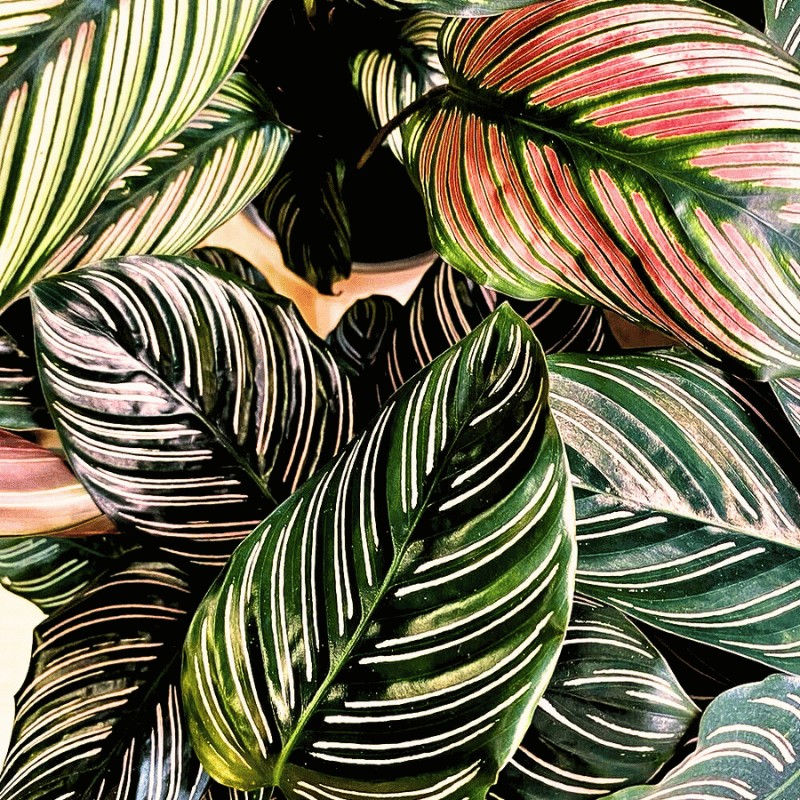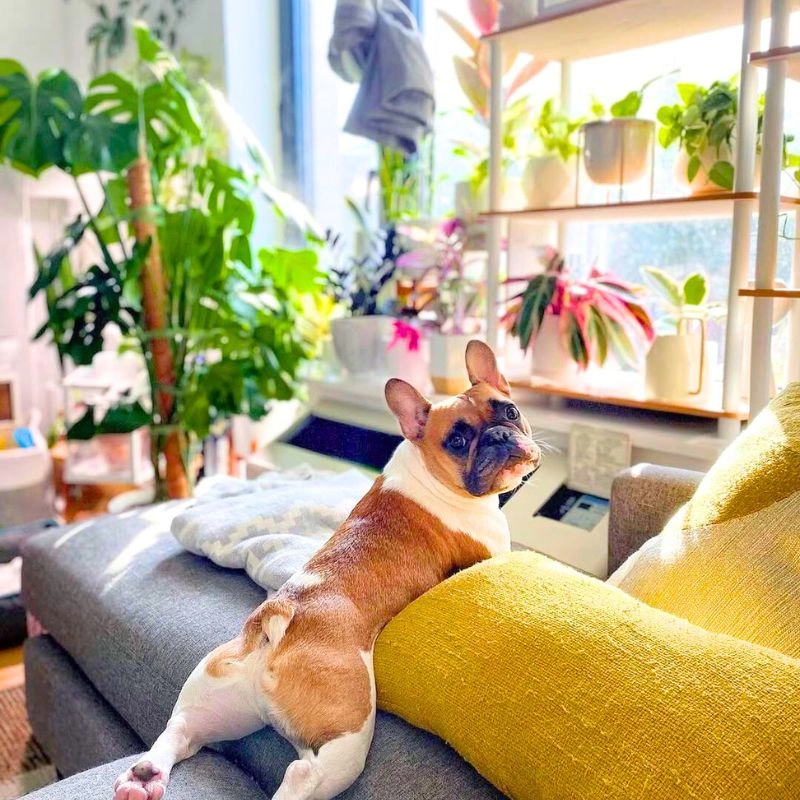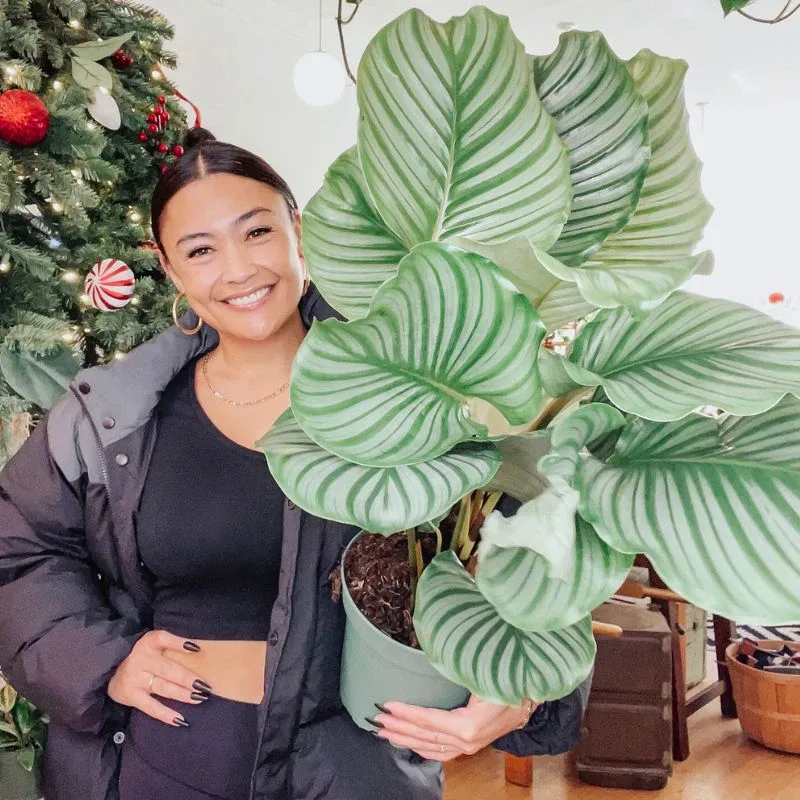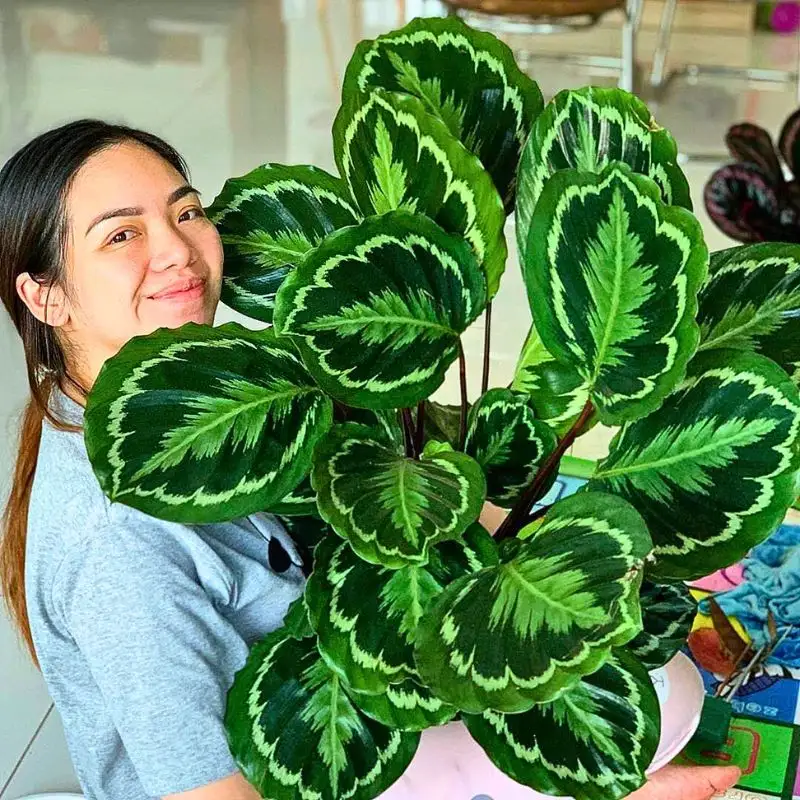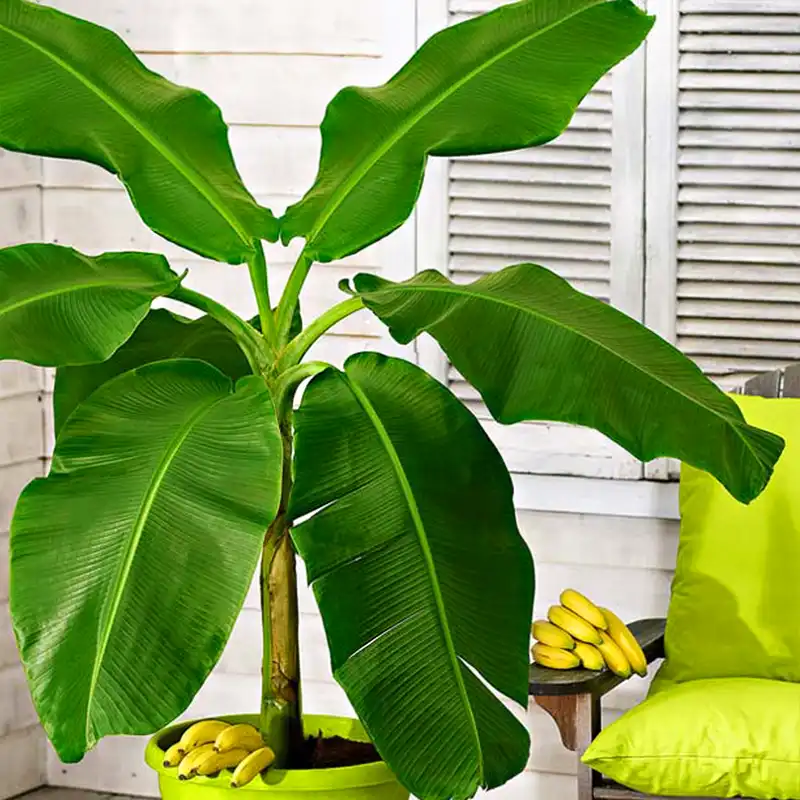Also known as prayer plants, calathea plants are stunning and popular houseplants known for the unique velvety patterns on their leaves. They come in a variety of colors and patterns, each with its own distinct look and personality.
These tropical perennial native plants have become increasingly popular among plant enthusiasts due to their striking appearance and ease of care. Calathea plants basically need minimal attention to thrive!
For starters, the calathea plant belongs to the calathea genus of plants known as Marantaceae, which is a species of flowering plants from tropical areas such as South America. These plants are famous for their wide, dark green leaves with colorful accents, which make them popular for growing in areas with medium to bright indirect light.
As is common knowledge, low-light plants tends to have broad leaves, which allows them to absorb and use as much light as they can. In their natural settings, such plants are found in jungles, growing under taller trees.
7 Cathalaea Plants That Will Look Great in Your Plant Collection
It just takes one look at the eye-catching and elaborate foliage to realize why calathea plants are such popular houseplants. Best of all, there are so many calathea varieties to choose from, each with its own unique colored foliage to fall in love with.
These 7 calathea plant varieties from Evanthia will make you fall in love with calathea plants:
Calathea Medallion
Calathea Medallion - aka Calathea Veitchiana - is arguably one of the most beautiful calathea varieties. They are pretty popular with plant enthusiasts because of their large, medallion-like leaves: a brilliant green pattern on top, and a deep burgundy underneath. Their leaves fold up slightly in the evening as if in prayer - causeing them to be mistaken for Maranta Leuconeura at times.
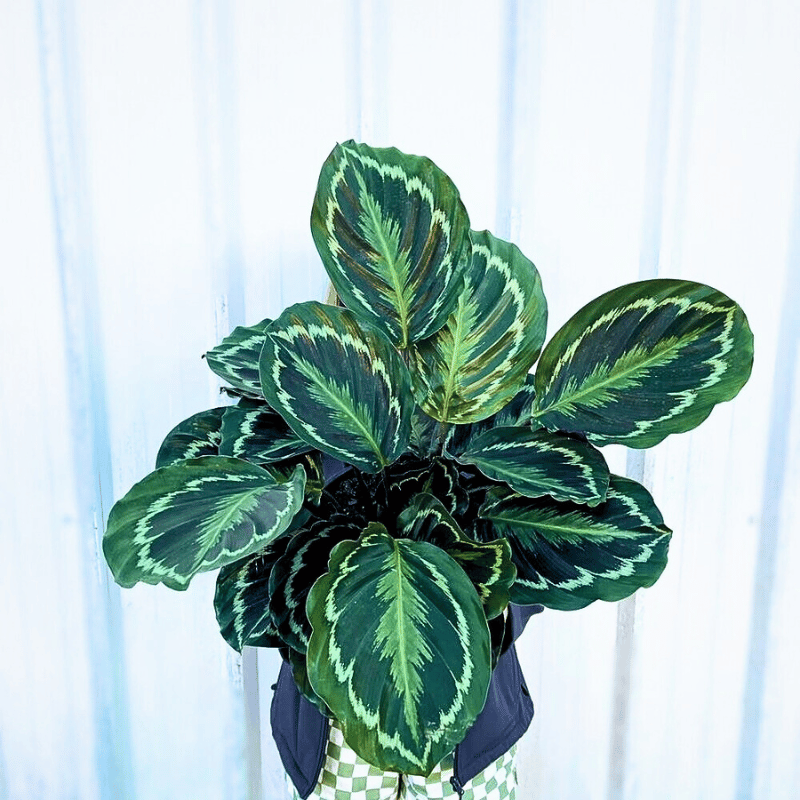
Calathea Freddie
Calathea Freddie, or Calathea Concinna Freddie, is a spectacular, tropical plant with an upright, bushy habit and a fresh appearance. Freddie has highly contrasting light green leaves and dark green stripes. As a typical calathea plant, Freddie too earns its nickname as a 'living plant' because it closes or raises its leaves at night and uncurls or lowers them again in the morning.

Calathea Concinna is native to tropical areas of Brazil, where it grows as an evergreen perennial in the shady, damp understories of rainforests. It is often accompanied by the Brazilian Star Calathea in the wild, Calathea Freddie is commonly known as Geoppertia Concinna Freddie, zebra plant, or peacock plant, because of its significant, exotic leaf pattern.
Calathea Makoyana
Calathea Makoyana is a colorful, tropical foliage plant with a bushy habit. This stylish calathea plant has broad, oval leaves. The dark green leaves have a fun pattern of contrasting stripes and oblong blotches.
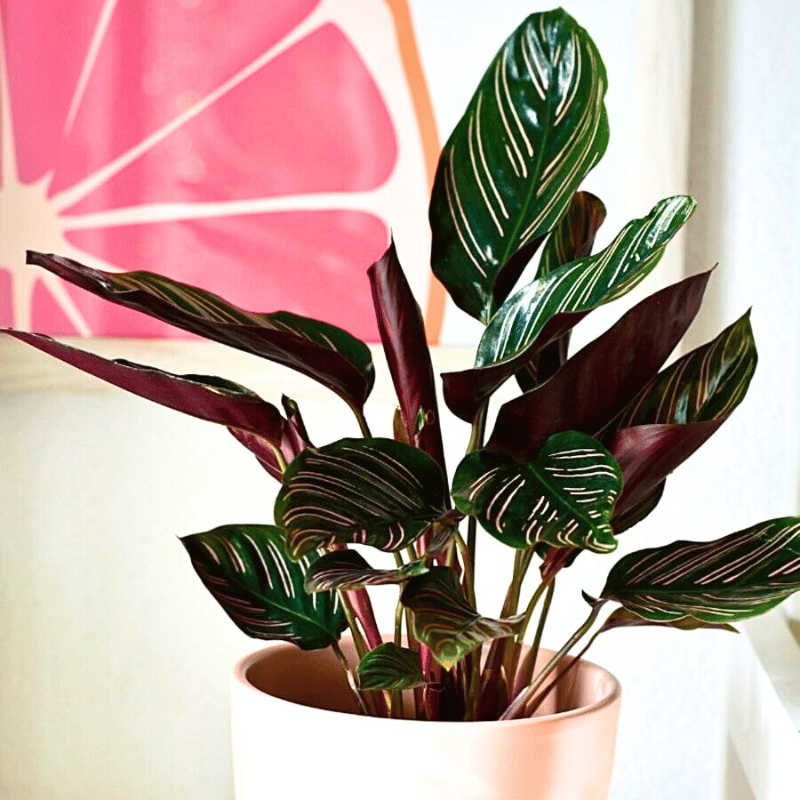
Even the undersides of the leaves are adorned with this pattern, but then in a cool pink/reddish color. Calathea Makoyana is commonly known as Goeppertia Makoyana, Catherdral Windows, and popularly known as peacock plant, again, because of its typical leaf pattern.
Calathea Orbifolia
Calathea Orbifolia is a beautiful calathea species that's also a highly sought after houseplant due to its exquisite beauty of large, round leaves and its air-purifying qualities. This beautiful foliage is subtly striped with pale silver green markings, with the undersides of the leaf also being a pale silver-green.
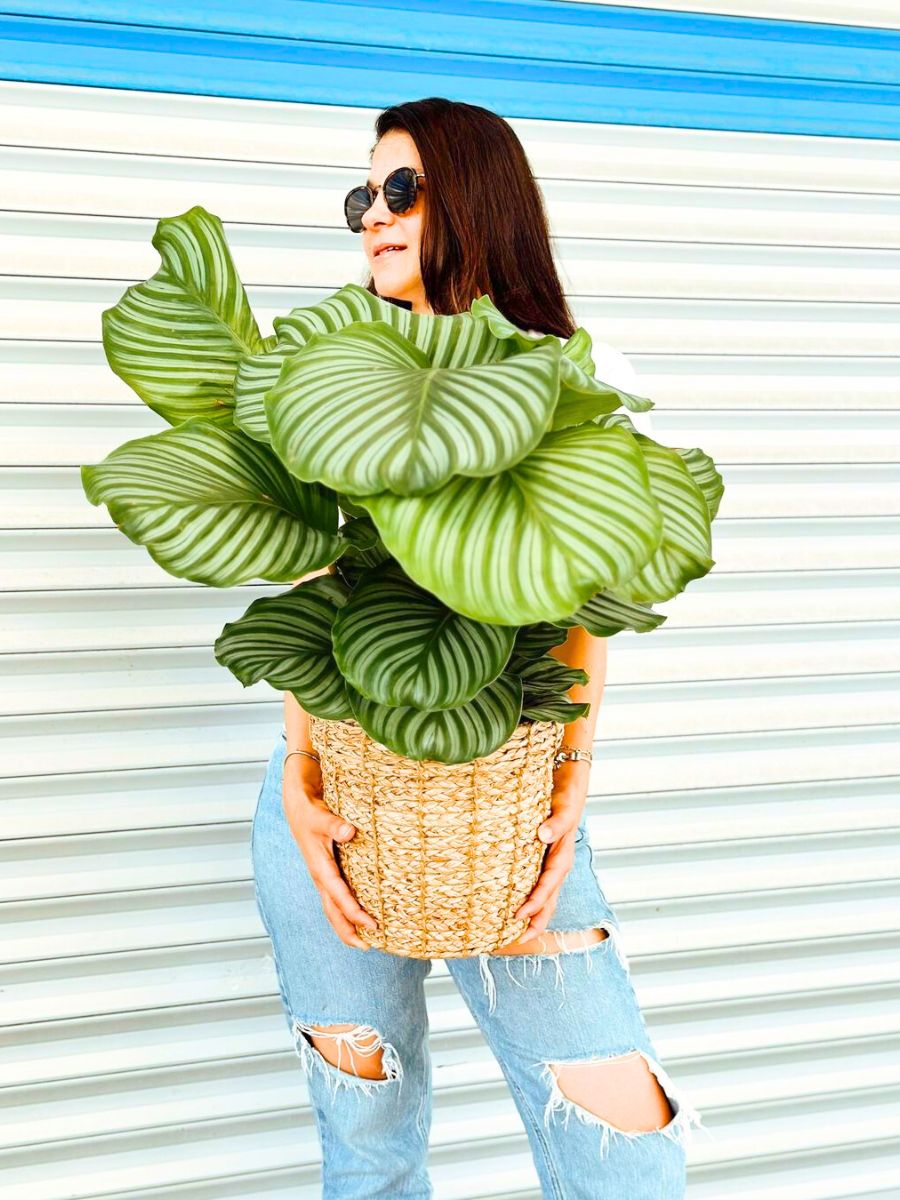
All types of calathea plants have strong air-purifying properties. This means that the plant not only produces extra oxygen but also filters harmful substances from the air. You can learn more about Calathea Orbifolia in the article: The Highly Sought-After Houseplant Calathea Orbifolia.
Calathea Ornata
Calathea Ornata is an ornate tropical foliage plant with a compact, upright habit. This calathea variety has thick and shiny, oblong dark green leaves. The leaves have an extraordinary, baby-pink pinstripe pattern. As the leaves mature, this baby-pink color will eventually turn more yellow to white.
The undersides of the leaves are deep purple to dark green. Calathea Ornata is commonly known as Goeppertia Ornata or Pinstripe Calathea because of its fine-lined leaf pattern.
Calathea Rufibarba
The Calathea Rufibarba is a native plant of the Amazon rainforests in Brazil. Unlike most calathea varieties, this plant is more subtle when it comes to patterns. This plant has long, slender, and wavy leaves that are light green when young.
As the leaves mature, they transition into a dark green on the upper side and maroon to burgundy below. The stems of a Calathea Rufibarba are long and slender and are burgundy in color as well.
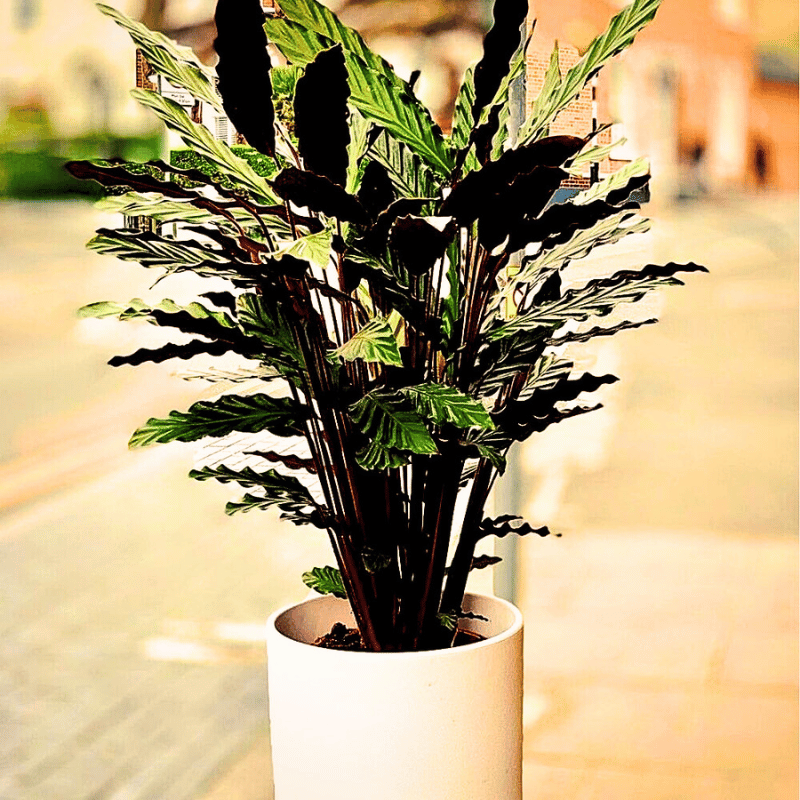
What makes this plant unique is that the stems and the leaves undersides are covered in hair-like fuzz. This has led many gardeners to give it nicknames such as 'velvet calathea,' 'furry calathea,' 'furry or fuzzy feather calathea,' and many more.
Calathea Vittata
Calathea Vittata is a gorgeous tropical foliage plant with a low-growing habit. This calathea prayer plant has elongated, pointy dark green leaves with elliptic light green stripes.
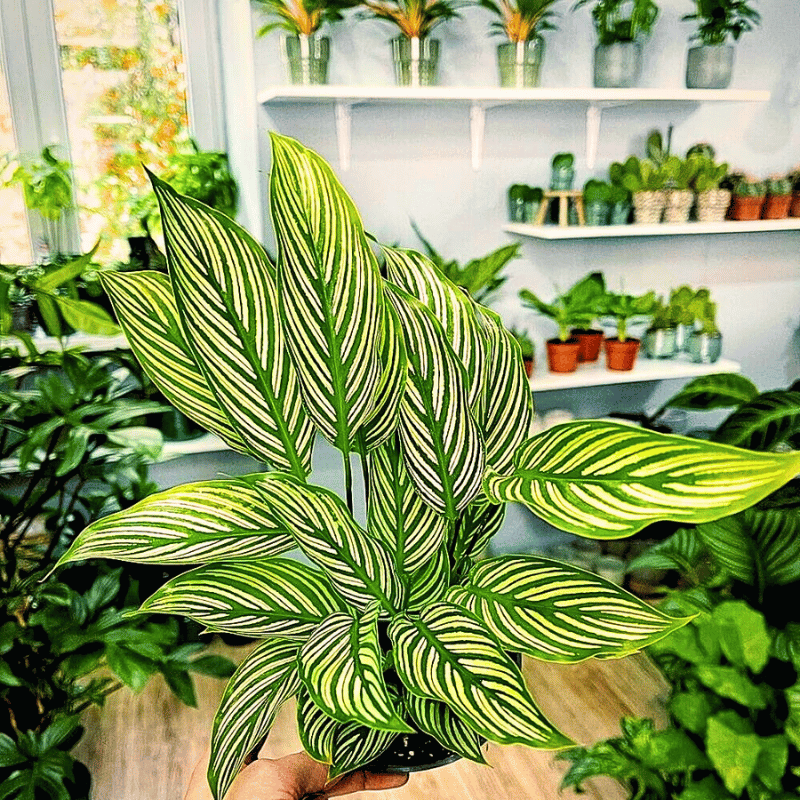
Calathea Vittata is native to tropical areas of South America, where it grows as an evergreen perennial in the shady, damp understories of rainforests. It makes for a compact and easy houseplant that doesn't need a lot of space. Calathea Vittata is commonly known as Goeppertia Vittata, Calathea Elliptica Vittata, and Pinstripe plant.
Calatheas Care: How to Properly Take Care of These Beauties
If you're wondering, "How do you care for a prayer plant?" then you should know that calathea plants are easy houseplants to take care of. These beauties do not require as much attention as other houseplants would demand.
Nonetheless, there are a few guidelines that you can follow to ensure effective calathea care. If comprehensively followed, these calathea care tips and instructions can keep your prayer plant healthy for longer.
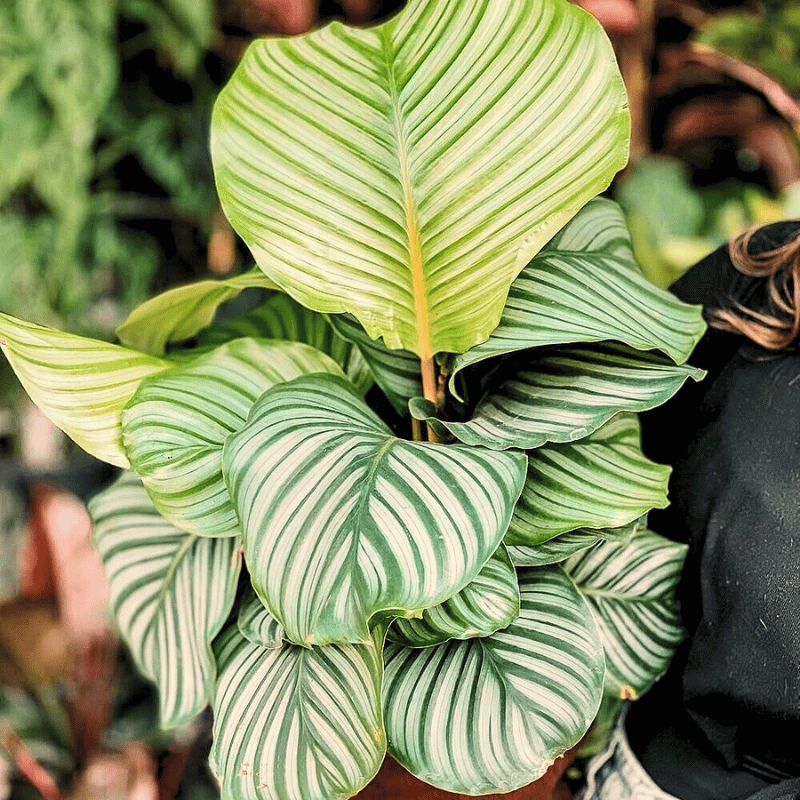
Calathea Plant Lighting Requirements
Calathea plants prefer bright, indirect light. Direct sunlight can damage their leaves. It is therefore essential that you avoid placing them in direct sunlight. Calatheas thrive well in relatively low-lighting, or medium to bright indirect light conditions.
Watering your Calatheas
Calathaes like to be kept in consistently moist soil but not soaking wet. Therefore, there is no precise answer to how often to water a prayer plant, but you can water it when the top inch of soil feels dry to the touch.
Make sure to use room temperature tap water and avoid water that is chlorinated. You can also mist the leaves once in a while to increase humidity. Ensure the soil remains moist but never waterlogged.
Calathea Humidity Needs
Calathea plants prefer high humidity. You can achieve this high humidity by placing a humidifier near the plant or putting a tray of water nearby. You can also plant your calathea plant alongside other plants to create a mini greenhouse effect and a typical, suitable (for the plants) humid environment.
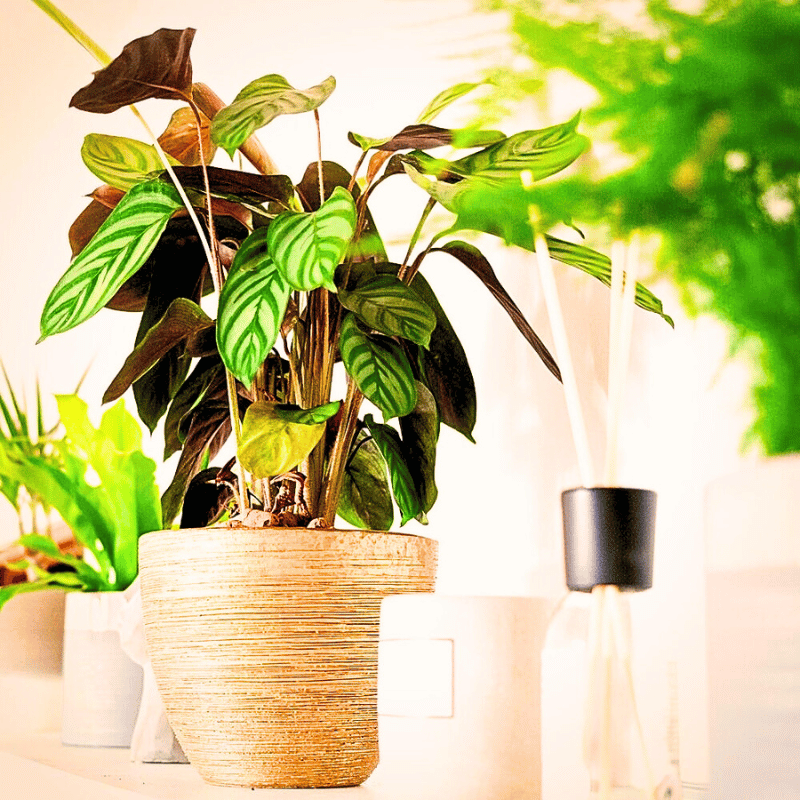
Prayer Plant Temperature Requirements
Prayer plants prefer temperatures of between 60-75°F (15-24°C). This is because these plants tend to be rather sensitive to temperature changes. It, therefore, is ideal to avoid placing them near drafty windows or doors.
Calathea Soils
The best soil for a calathea is well-draining and rich in organic matter. To achieve such good soil conditions for your houseplant, you can use a mix of peat moss, perlite, and potting soil.
Calathea Fertilizer Regime
While fertilizers may be an important input in a plant's growth and development, they may be so to a lesser extent in prayer plants. You can, therefore, fertilize your prayer plant every two weeks during the growing season - in spring and summer - with a balanced fertilizer. However, do not fertilize during the winter months when the plant is dormant.
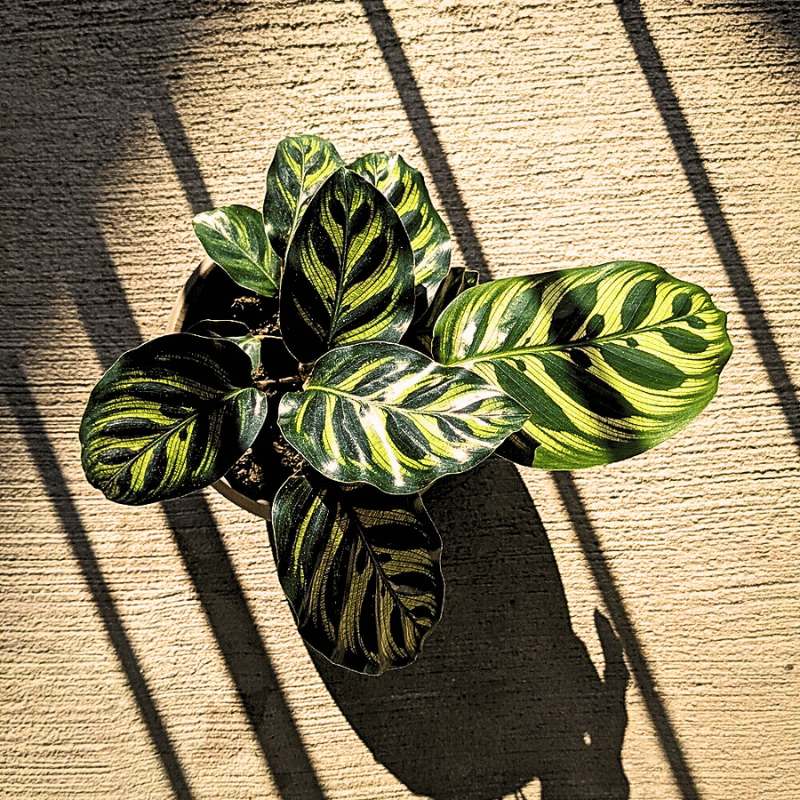
Prayer Plant Pruning
The prayer plant needs to be pruned every now and then to remove any leaves that are yellowing or turning brown to keep it looking ever healthy.
Calatheas Propagation: How To Propagate Prayer Plants?
We can propagate a prayer plant through division. This is the process through which the plant is separated into smaller sections and replanted. Effective calathea propagation follows a set of guidelines:
First, choose a healthy calathea plant that has multiple stems or a clumping habit, then water the plant a day before propagation to make it easier to separate the roots. Then, gently remove the plant from its pot and remove any excess soil from the roots.
Carefully separate the stems the root ball, making sure that each section has roots attached. Then, using a clean sharp knife or scissors, cut the sections apart, if necessary, then repot each section in a container with fresh potting soil and water thoroughly.
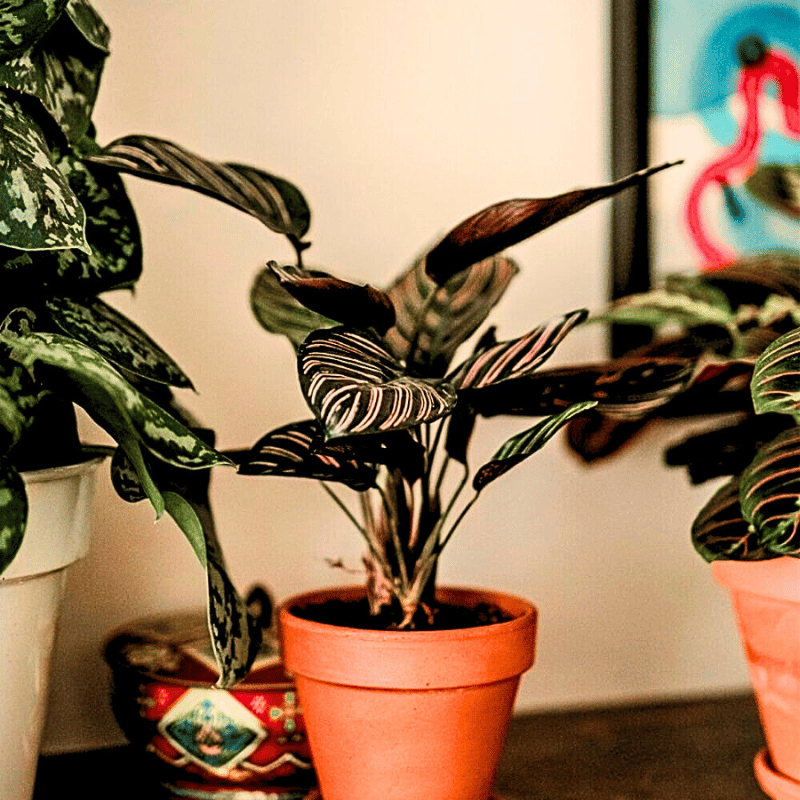
Place the newly potted prayer plants in bright indirect light and keep them in consistently moist soil. Provide a humid environment to these newly propagated plants by covering them with a clear plastic bag or placing them in a terrarium until they have developed new growth. After new growth appears, gradually minimize direct sunlight and fertilizing.
If these guidelines are appropriately followed, calathea plant propagation through division is often successful and results in multiple new plants from one mother plant.
Are Calathea Plants Toxic to Cats and Dogs?
According to the American Society for the Prevention of Cruelty to Animals (ASPCA), prayer plants, or the calathea plants are not considered toxic to cats or dogs. They are deemed to be nonharmful to pets. It is, however, important to note that ingesting any plant material can cause digestive issues in pets. These issues include vomiting or diarrhea.
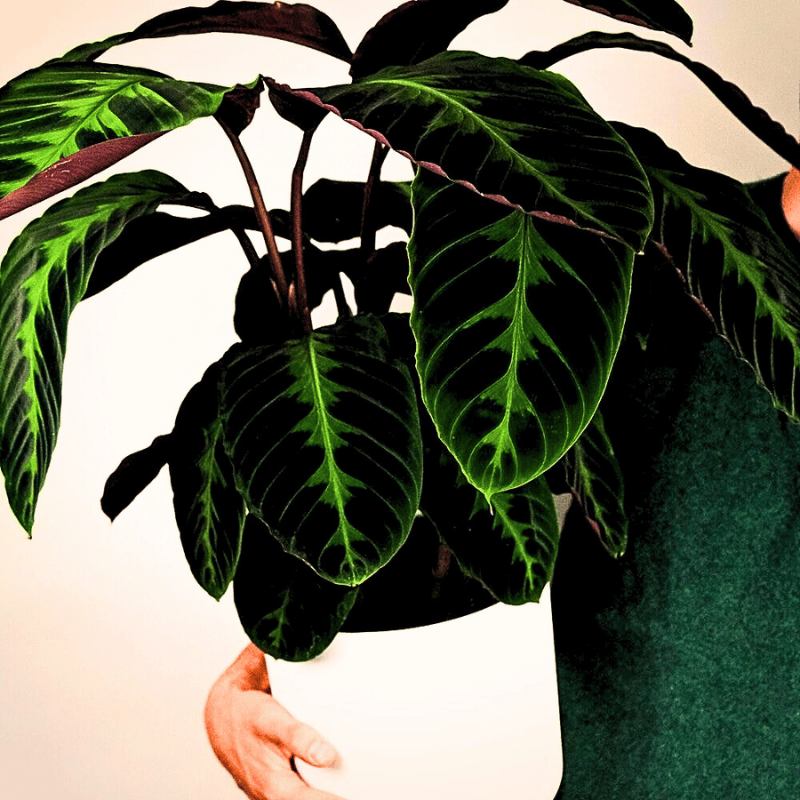
It, therefore, is best to keep your prayer plants out of reach of your pets to prevent any accidental ingestion. In addition, it is always a good idea to monitor your pets around any plants.
Why Prayer Plants?
Many plants get nicknames because they are generally a little easier to pronounce than their botanical names. In the case of calatheas, it's the prayer plant. While with some houseplants, it's hard to figure out how and why they got their nickname, for the calathea, it has everything to do with the movement of the leaves.
During the day and night, calathea leaves noticeably lift and dip in a circadian rhythm. This means that during the day, a calathea will have its leaves stretching out horizontally from its stems. But check on it at night, and you will see the leaves stand up straight as if in prayer for evening vespers.
Thus, prayer plants are also commonly known as such because of the unique way their leaves fold up in the evenings as if mimicking human hands during prayer.
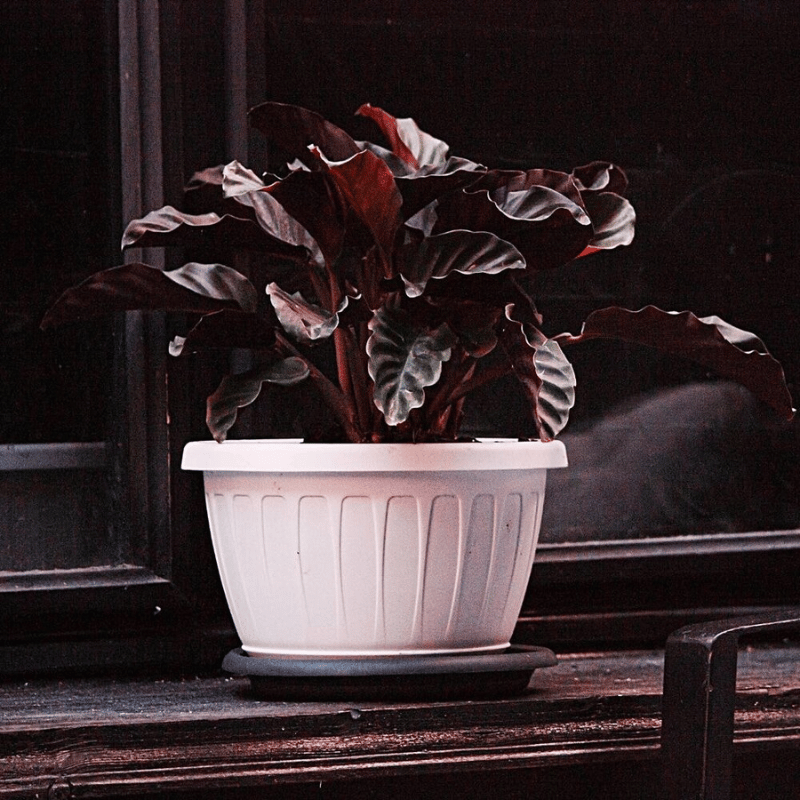
Other Popular Prayer Plants or Calathea Species
In addition to the seven main calathea plant varieties, tehre are numerous other calathea species that are cherished by plant enthusiasts for their unique and striking foliage. Here are some more calathea varieties that are considered popular houseplants to add to your collection:
- Calathea Lancifolia: Calathea lancifolia, commonly known as the rattlesnake plant, features long, slender leaves with dark green stripes and wavy edges. This calathea type is admired for its elegant appearance and ease of care, making it a favorite among both novice and experienced gardeners.

- Calathea Roseopicta: Calathea Roseopicta, or the rose-painted calathea, is renowned for its bright green leaves that are adorned with pink and white patterns. Its velvety leaves add a luxurious texture to any indoor space, enhancing the overall aesthetics of your plant collection.
- Brazilian Star Calathea: Brazilian Star Calathea, or Goeppertia Loiseneri, boasts large, star-shaped leaves with dark green variegation. This species thrives in bright indirect sunlight conditions and is prized for its ability to brighten up any room with its gorgeous foliage.
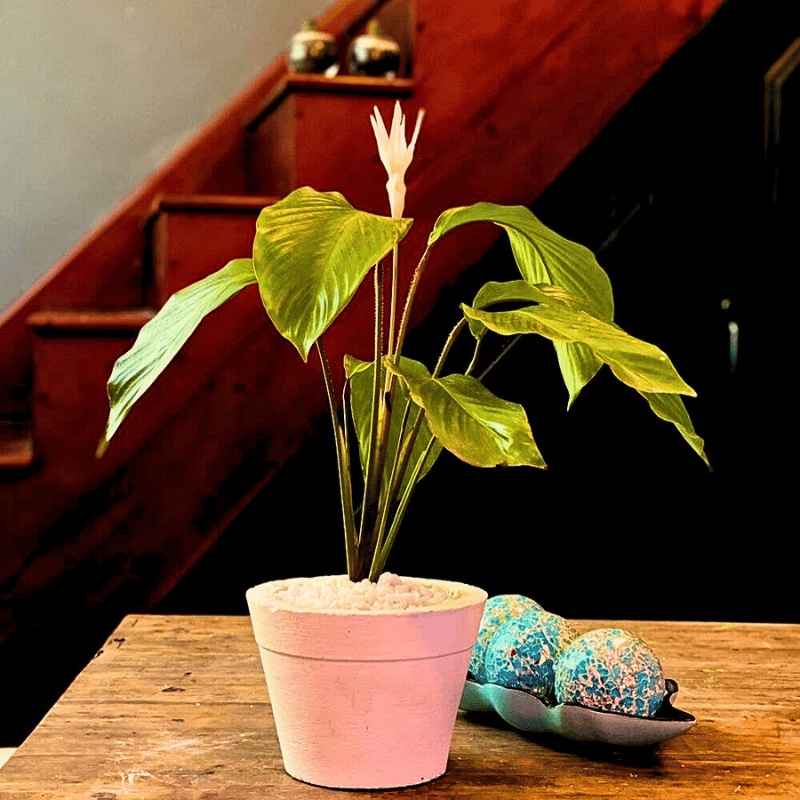
- Calathea Leopardina: Calathea Leopardina, or the Elegant Calathea, showcases a stunning dark green border with spots of lighter green, resembling the pattern of a leopard. Its deep green color and unique leaf pattern makes it a standout addition to any calathea collection.
- Calathea Ecuadoriana: Calathea Ecuadoriana is a lesser-known but equally beautiful species characterized by its large, velvety leaves with subtle patterns. This calathea type is commonly found in Central America and thrives in places with high humidity and medium to bright indirect sunlight conditions.
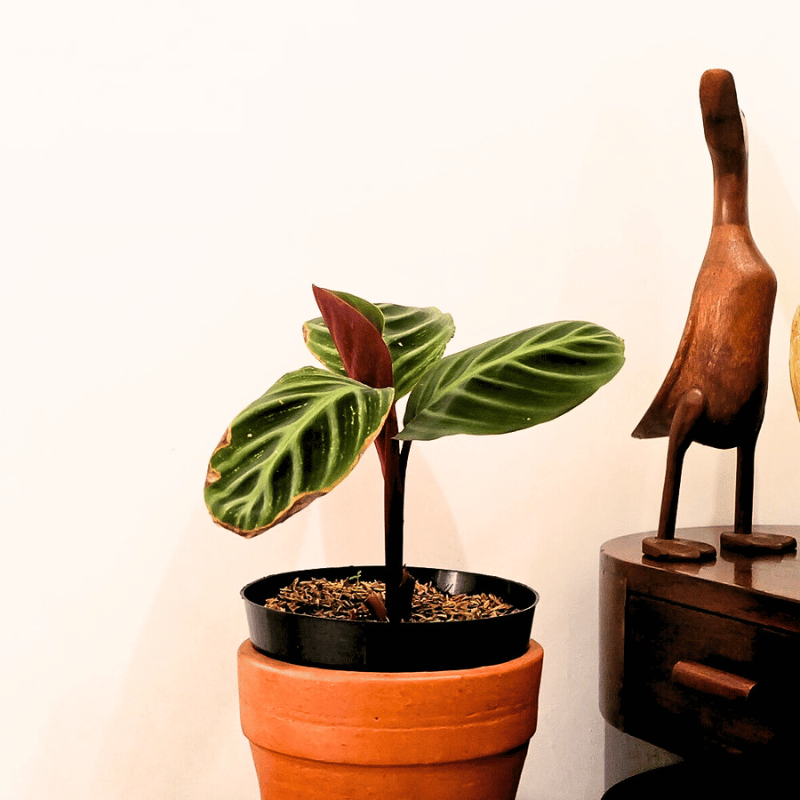
- Calathea Albertii: Calathea Albertii, or Albert's prayer plant, features broad leaves with intricate dark green variegation and a deep purple color underside. These attributes make it a stunning houseplant for indoor gardens. This species, again, prefers filtered light and moist soil conditions to grow.
- Calathea Zebrina: Calathea Zebrina, commonly called the zebra plant, showcawses bold black and white stripes on its leaves, mimicking the pattern of a zebra.
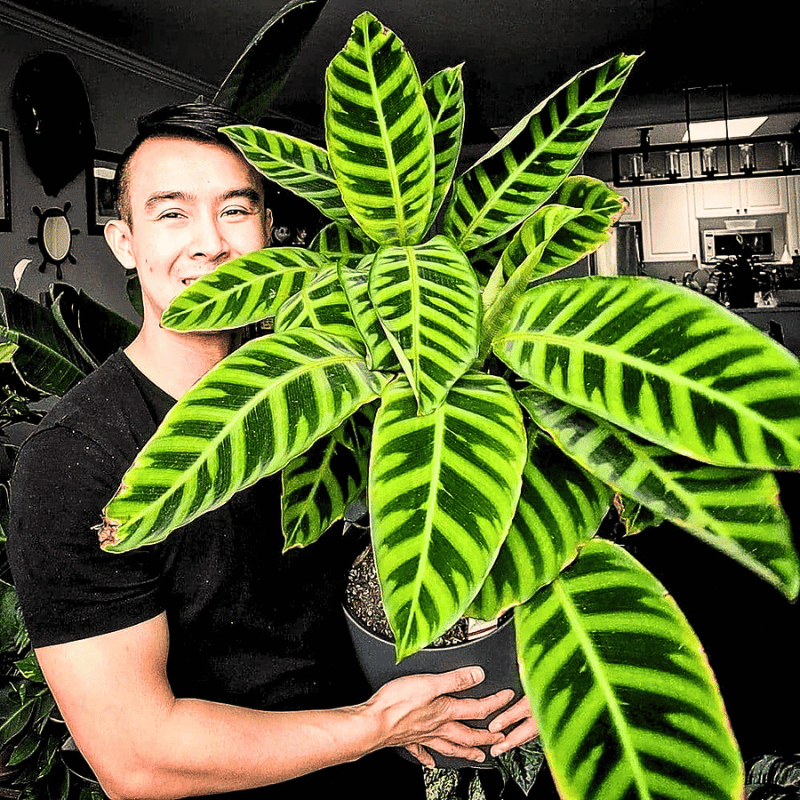
- Calathea Burle Marxii: Calathea Burle Marxii, or the Fishbone prayer plant, is known for its unique leaf shape that resembles a fishbone. Its wavy edges and bright green leaves make it an eye-catching addition to any indoor plant display.
- Calathea White Fusion: Calathea white fusion combines the best features of various calathea species, offering a blend of dark green and light green patterns with a deep purple color uhderside. This hybrid is perfect for those looking to diversify their calathea collection with a versatile and attractive plant.
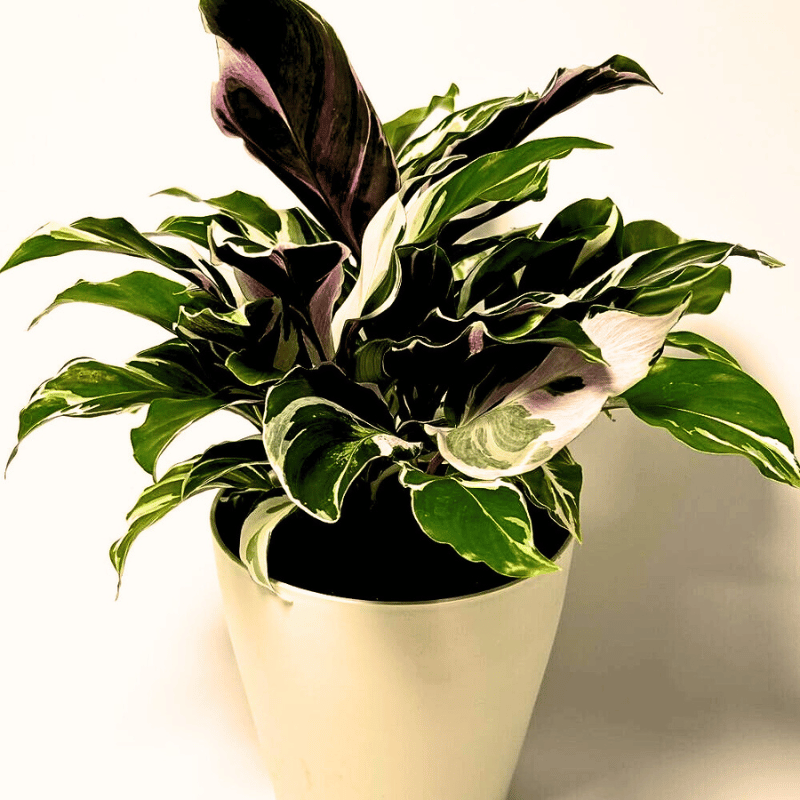
- Calathea Warscewiczii: Calathea Warscewiczii, also known as the Jungle Velvet Calathea, features plush, velvety leaves with a rich dark green color and subtle patterns. This species thrives in high-humidity environments and medium indirect light, making it ideal for tropical indoor settings.
- Calathea Setosa: Calathea Setosa, or the Cuban Cigar plant, has long, narrow leaves with a silky texture and distinctive patterns. Its deep green color and dark green leaf edge make it a sophisticated addition to any indoor garden.
- Calathea Latifolia: Calathea latifolia owns its beauty due to its large, broad leaves with typical patterns and a deep purple underside. This calathea type is another resilient and popular houseplant.
- Calathea Lutea: Calathea lutea, also known as the Cigar plant or Bijao, in local language, features elongated leaves with a beautiful, dark green variegation. This species prefers filtered light and high humidity ensuring its leaves remain vibrant and healthy.
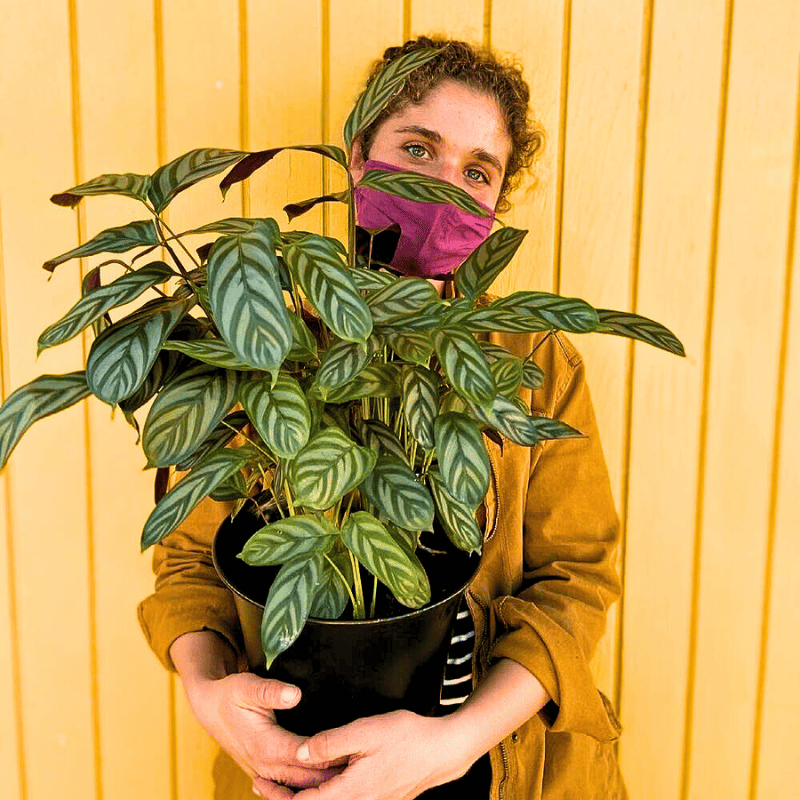
- Calathea Lasiostachya: The Calathea Lasiostachya is known for its unique leaf shape and striking dark green variegation.
- Calathea Crotalifera: The Calathea crotalifera, commonly referred to as the Rattlesnake Calathea, features dark green leaf edges with contrasting patterns. Its gorgeous foliage is not only visually appealing but also contributes to a healthier indoor environment by purifying the air.
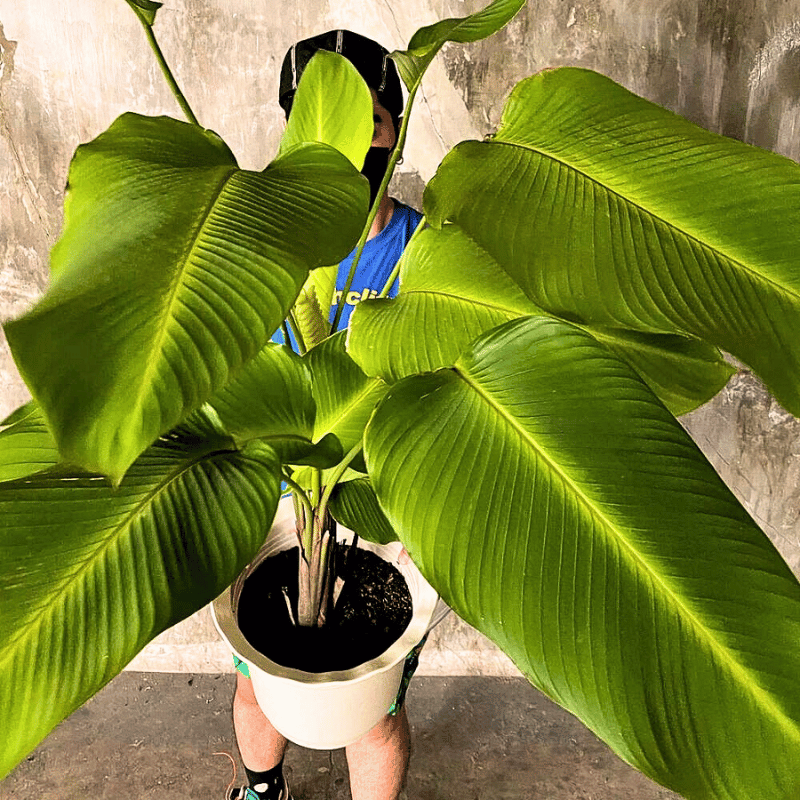
- Calathea Crocata: The Calathea Crocata, also known as the Eternal Flame Plant, is celebrated for its bright red undersides and striking leaf patterns. Its bright indirect sunlight requirements make it a perfect fit for well-lit indoor species where it can flourish.

Prayer Plants Have a Host of Additional Benefits
Not only are prayer plants grown in homes for their calming effect, but also for their beauty. There are studies that imply that having plants in the home can help reduce stress and promote relaxation. In some cultures, prayer plants are even believed to have spiritual significance and are used in rituals or as offerings.
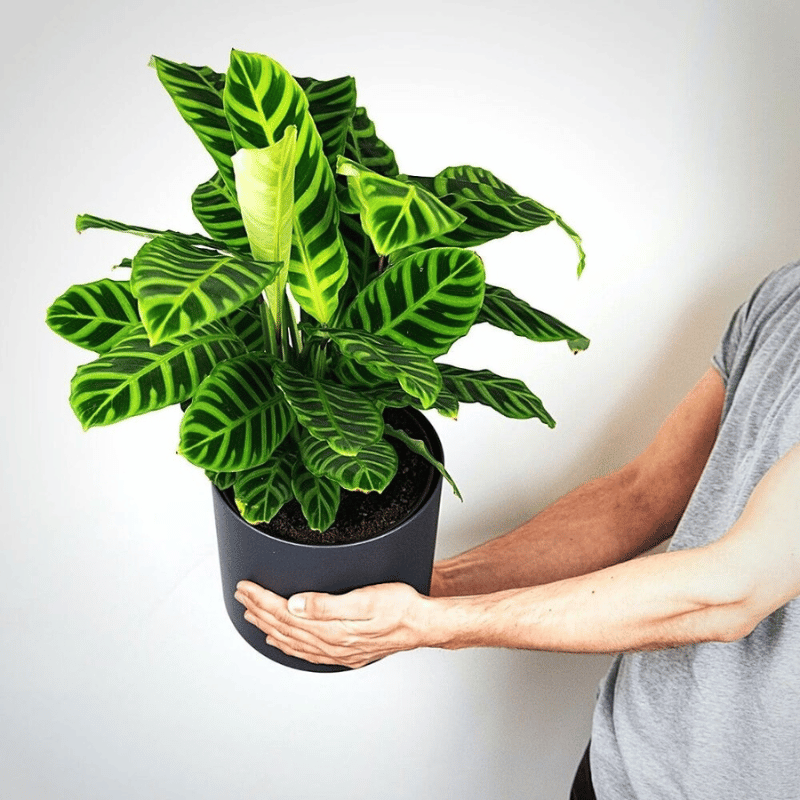
Photo by Feey on Unsplash
Prayer plant propagation is also relatively easy the more reason they are a popular houseplant. Calathea plants can easily be propagated through division, making them a great choice for those who wish to expand their calathea plant collection. Calathea propagation through division is a cost-effective way to produce new plants, and it's a great way to share the joy of owning these beautiful plants with others.
That said, from their dark green velvety leaves to leaves with geometric patterns and maroon undersides, calatheas fashion some of the most highly-decorated foliage found in nature. Regardless of the variety, all calatheas require similar care for healthy and problem-free growth.
However you look at it, calatheas are a wonderful addition to your plant collection because they not only look incredibly pretty but are also able to thrive indoors with pretty minimal maintenance. You can pick any of the prayer plant varieties for your house, and experience the beauty that these beauties have to offer.

